As my route took me from the humid forests of Amazonia and northeastern Brazil towards the much more arid region around the hump of South America, I expected to be able to observe a decent number of new and interesting species of birds. In fact, the chance to do so was one of the primary reasons why this part of Brazil was included in the Tour plans to begin with. However, as usual of late, good sightings proved to be distributed unevenly during the first half of my time in that area, and got off to a slow start in general.
Several days had passed with no new birds, until just before sunset one Sunday evening, when I finally found Golden-Winged Parakeet feeding in a mango tree. In such cases, it can be difficult to distinguish the birds from the mangoes, not to mention the leaves, but they were definitely there.
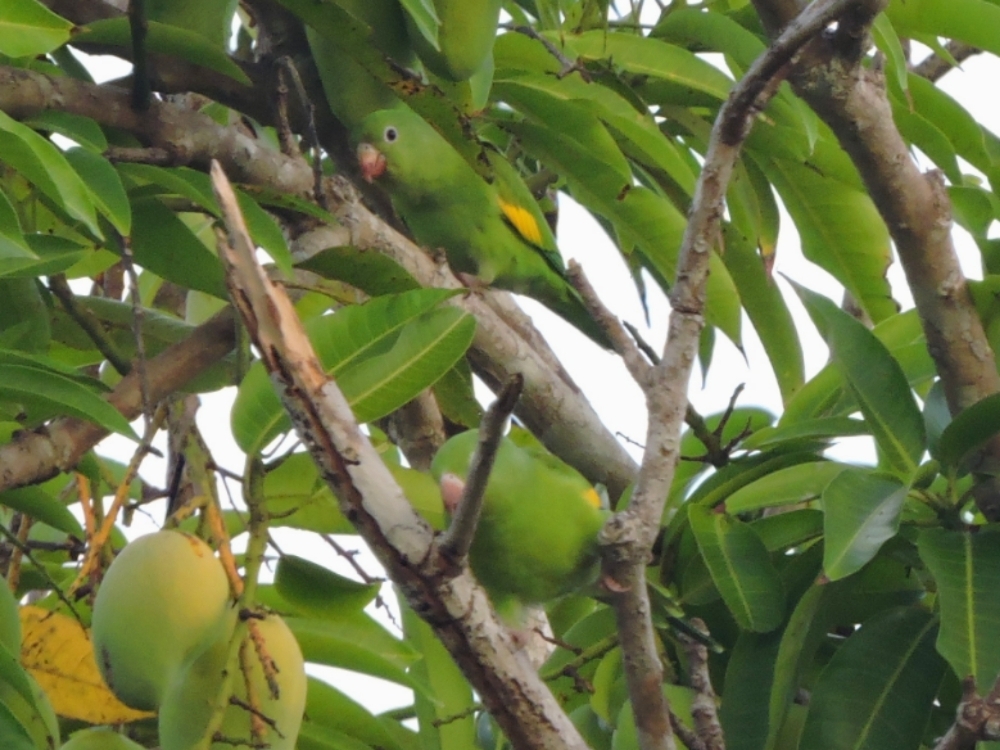
Following that, my only sightings for a while were a poorly-photographed Rufous-Browed Peppershrike, and later Wing-Barred Hornero…
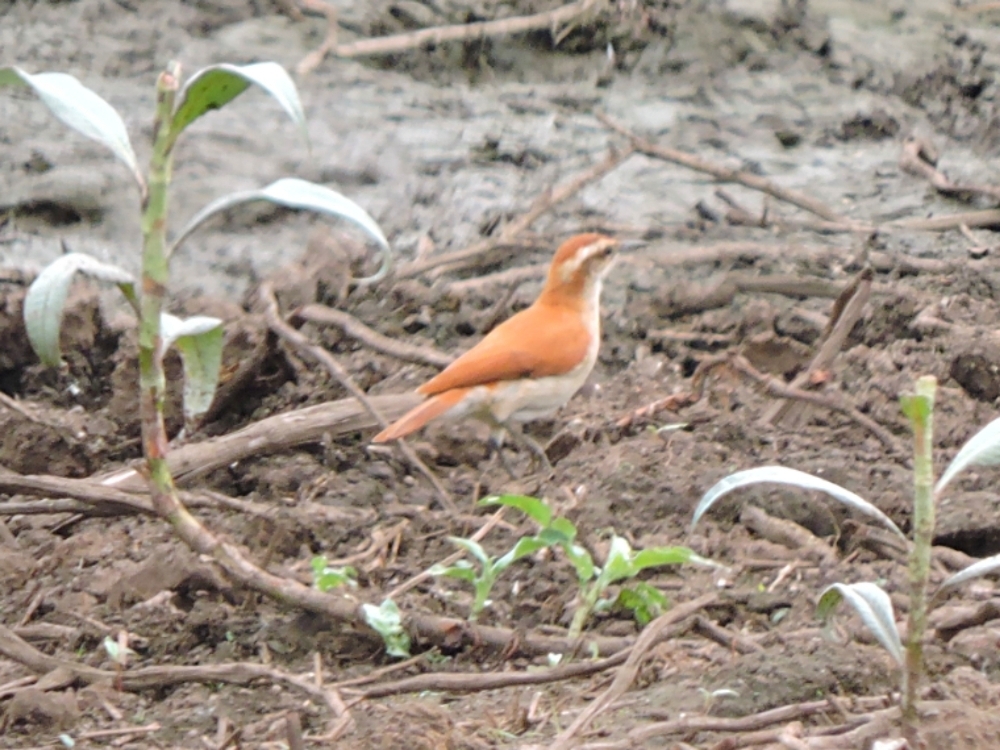
…and White-Naped Jay. While the Jays, a regional endemic, were very common, they proved challenging to photograph, and it took me a few days of efforts to finally obtain this image.
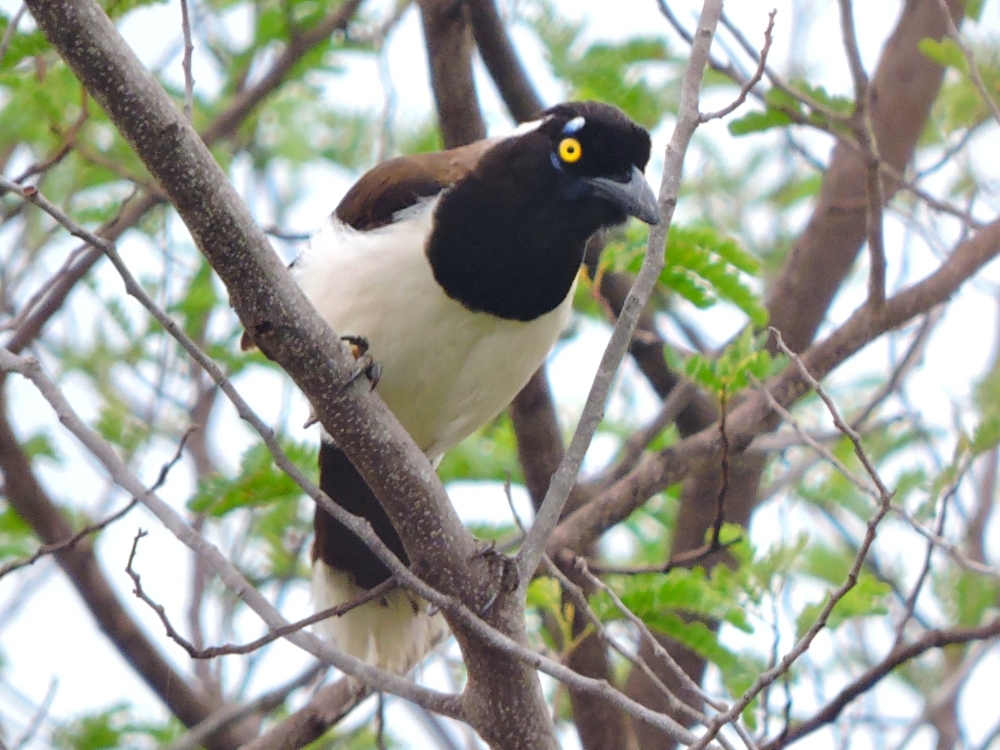
Somewhat later, the best day of birding while cycling I have had in a long time began with this early-morning Aplomado Falcon.
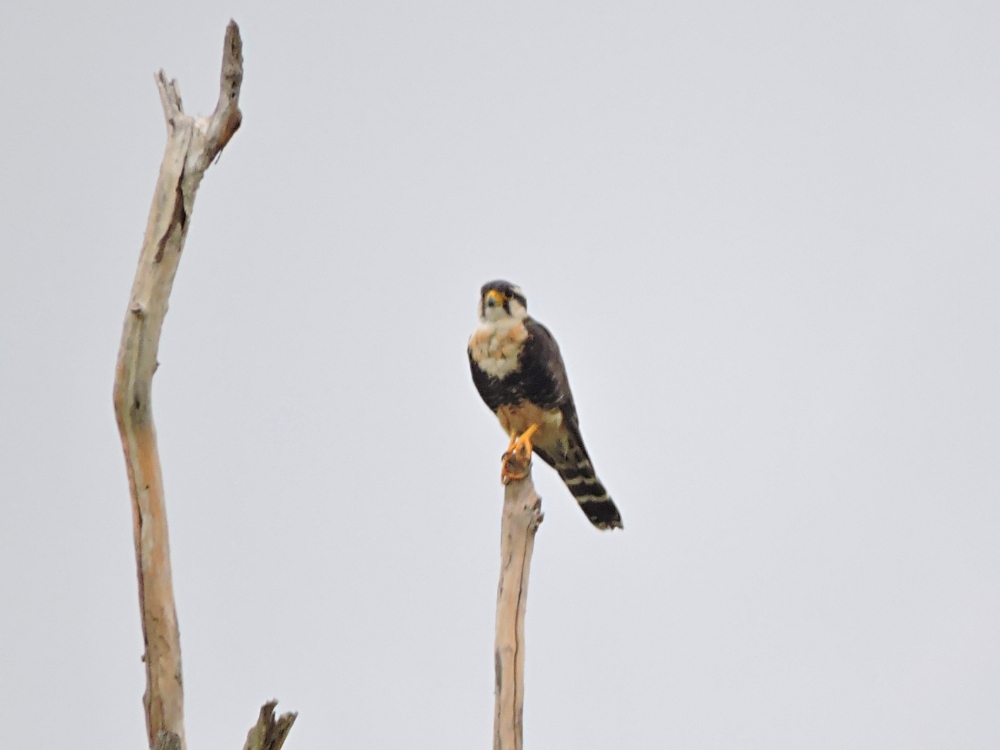
For a couple of weeks I felt that I had probably been missing several new birds while cycling, as numerous intriguing bird vocalizations were frequently heard, but they were invariably too far out of range, or in cover that was too thick, to warrant a stop to investigate. However, when Campo Troupial flies right in front of one’s face, then lands on a nearby fence post, a stop is mandatory.
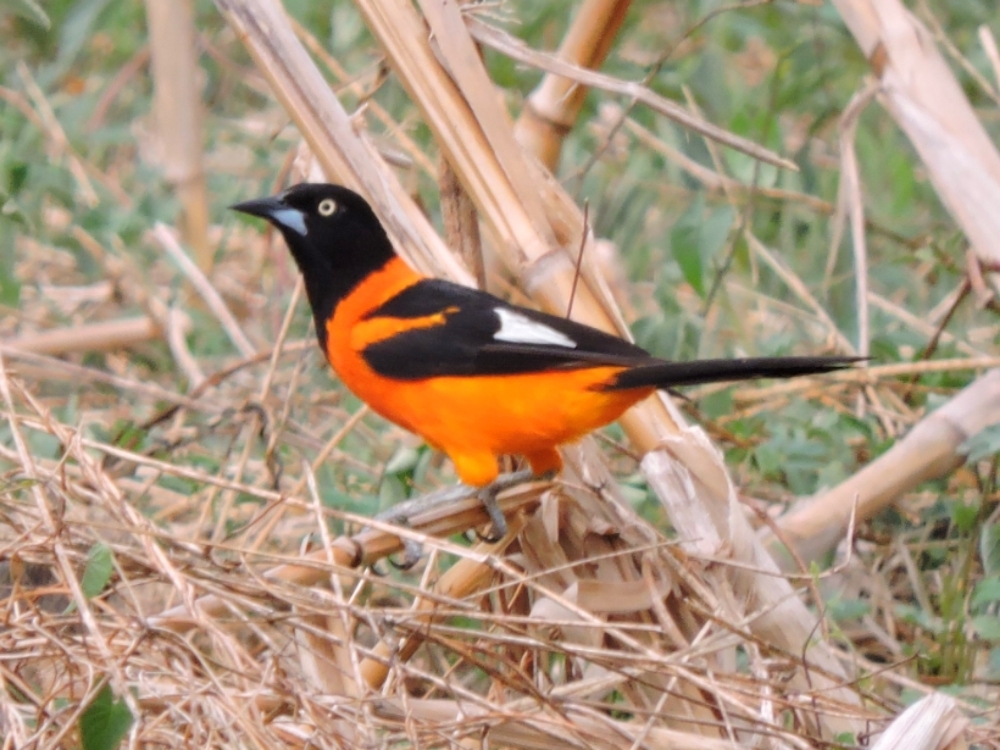
It was a good thing that I did so in that case, since that bird turned out to be part of a mixed-species feeding flock, something I wasn’t expecting to come across in that type of environment. In addition to some birds I have previously seen, the flock included Bicolored Conebill, and female Double-Collared Seedeater. More satisfying were Red-Cowled Cardinal, which would soon become one of the most common birds I would see daily…
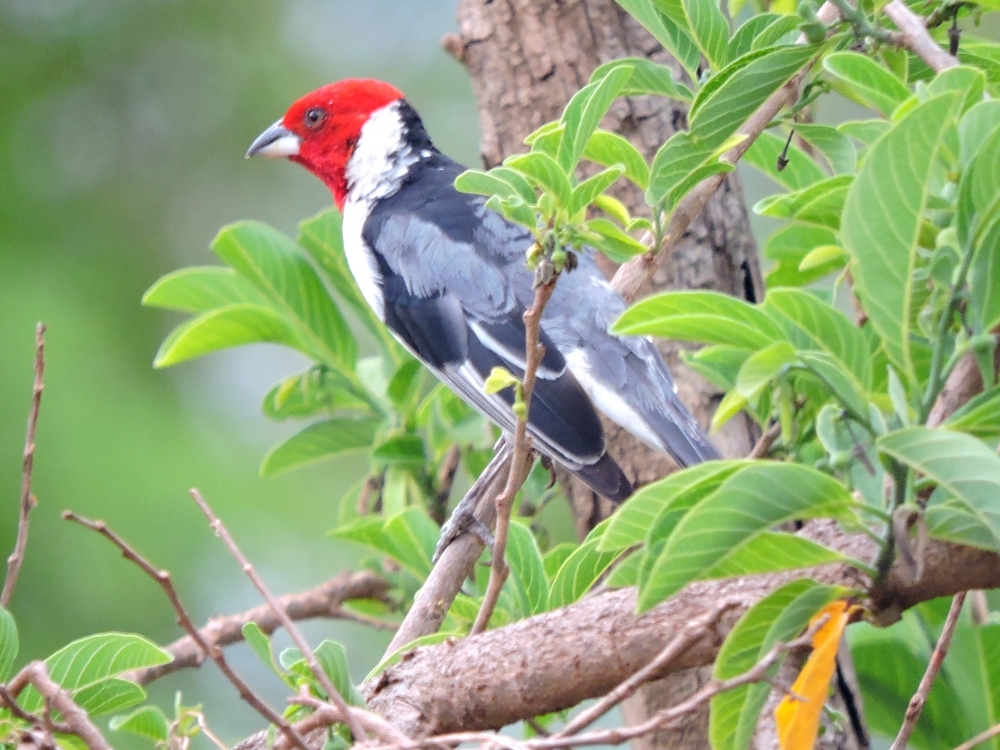
…and Caatinga Cacholote, another regional endemic, which is monochromatic, but still attractive.
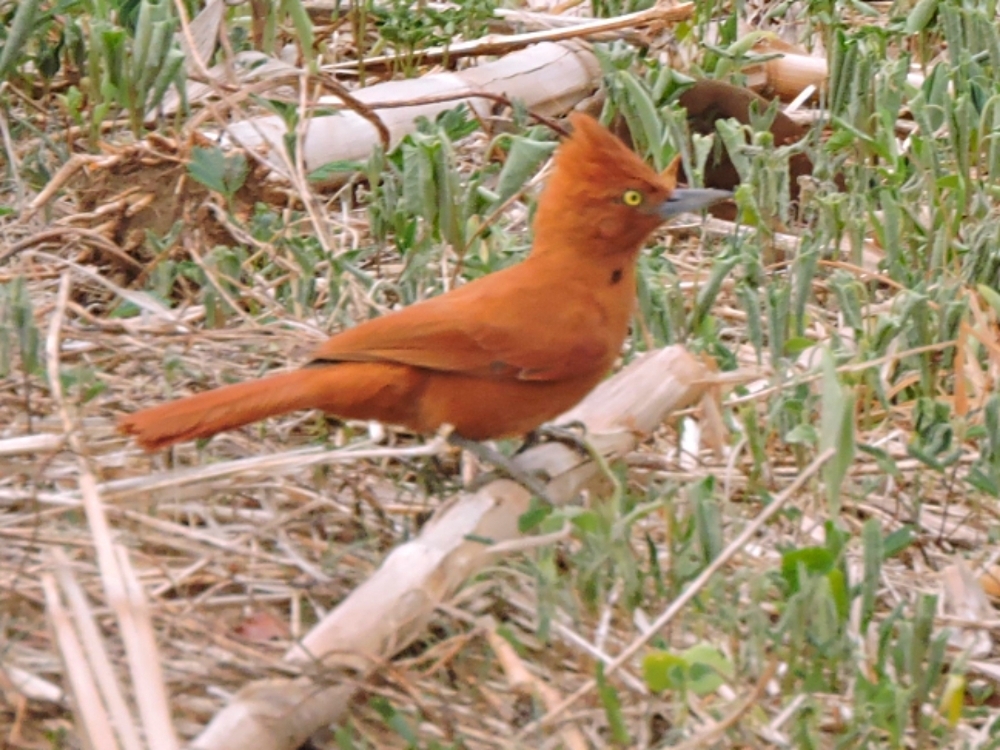
Much to my surprise, and delight, a similar event happened again that same day, a few tens of kilometers farther south. In that case the bird that caught my attention was Narrow-Billed Woodcreeper.
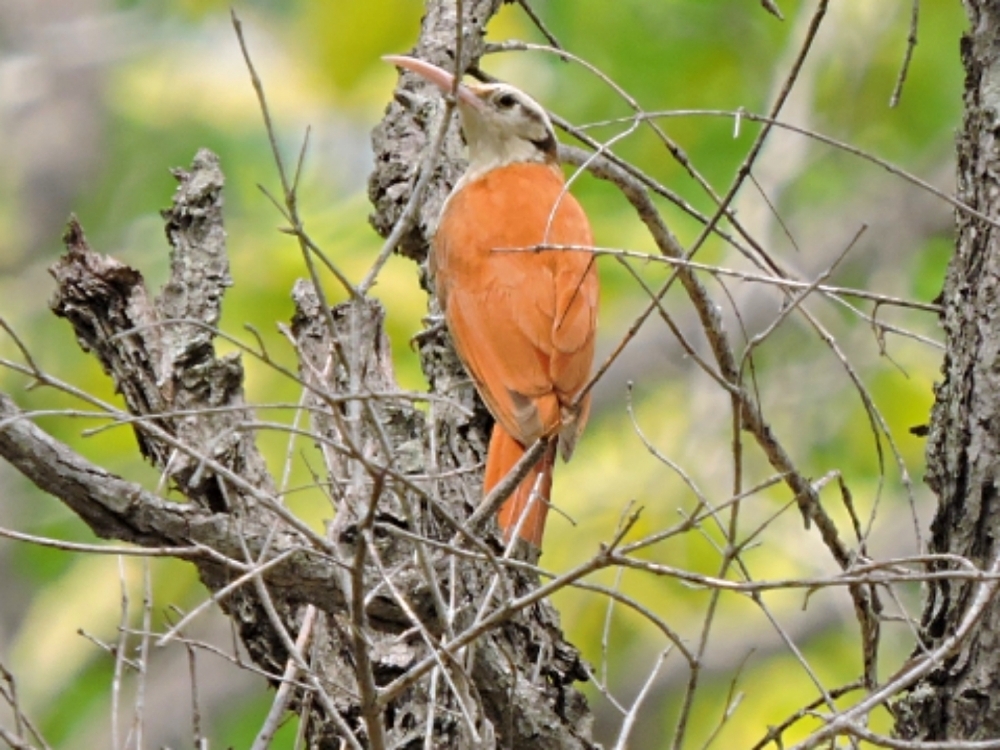
Other new birds in that flock were Planalto Slaty-Antshrike…
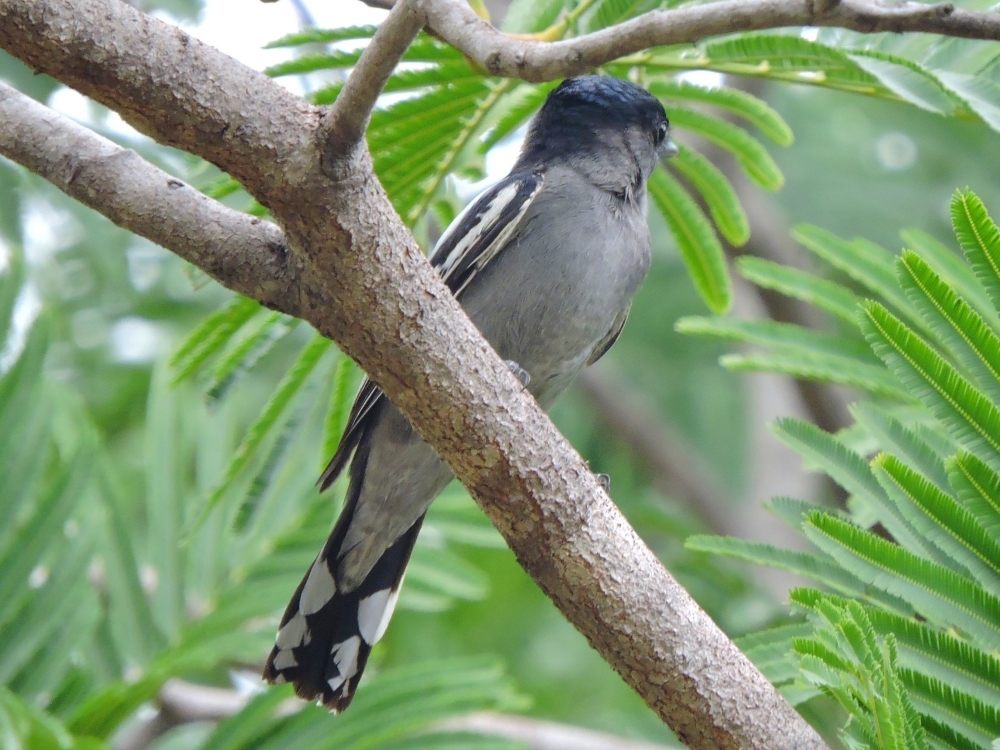
…and an admittedly rather mundane Large Elaenia.
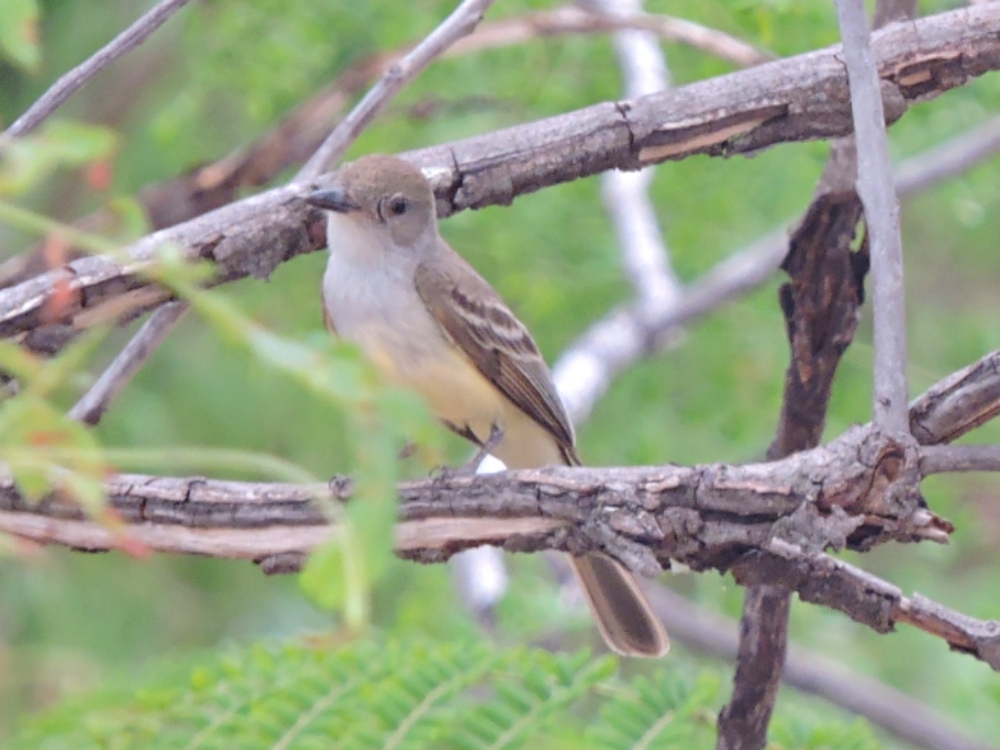
After that very productive day things settled down for a little while, with only new additions of Long-Billed Wren, Chopi Blackbird, and the relatively common, but fairly unique, Chestnut-Capped Blackbird.
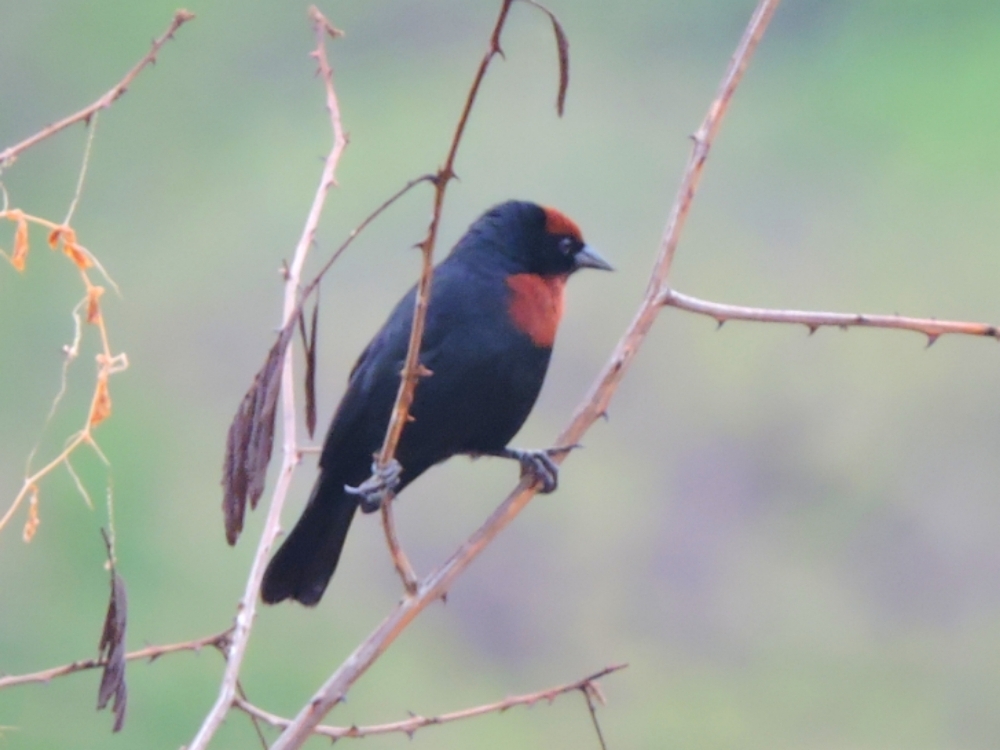
I was hopeful that sightings would be more frequent during my next stop, at Serra da Capivara National Park, and that turned out to he the case, more or less, but once again the birding got off to a frustrating start. The early part of my day, as planned by the required, but generic, park guide, involved walks through a few slot canyons. Those were amazing, and very interesting, but, while they were filled with birds, seeing anything through the highly-contrasting shadows and thick vegetation proved to be nearly impossible. Nevertheless, I was able to add Planalto Woodcreeper and Black-Capped Antwren in that location.
Things got a little easier later on at the midday break, primarily because the Park visitor center, had numerous feeders in place. Never too proud to take advantage of such a situation, I acquired sightings of Pale Baywing, Pileated Finch…
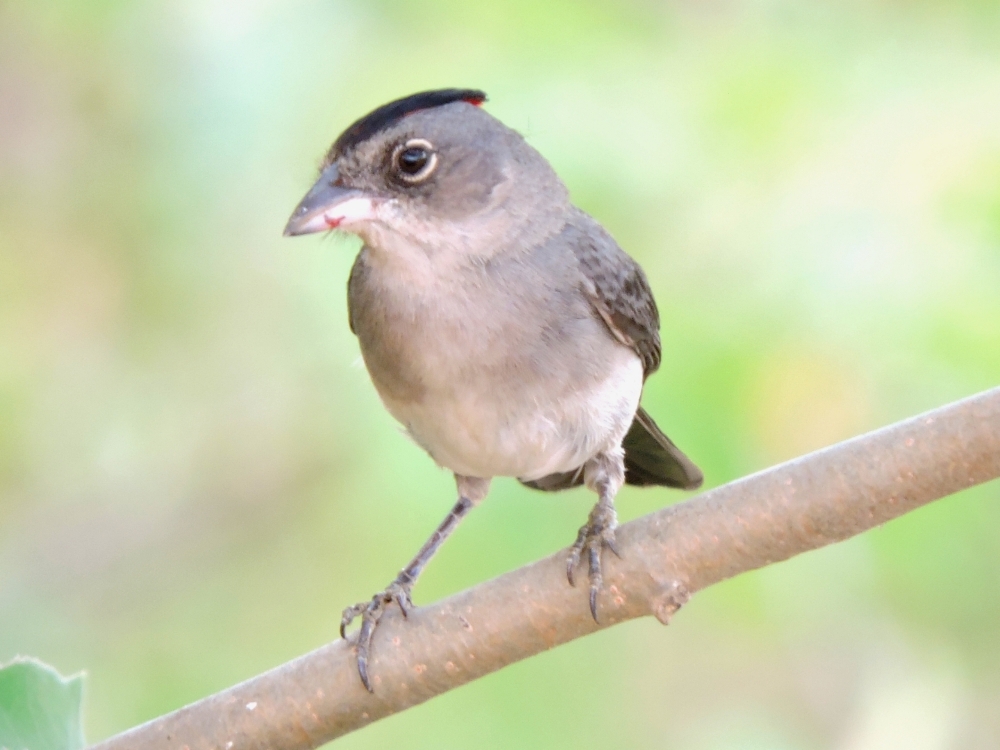
…and Green-Barred Woodpecker there.
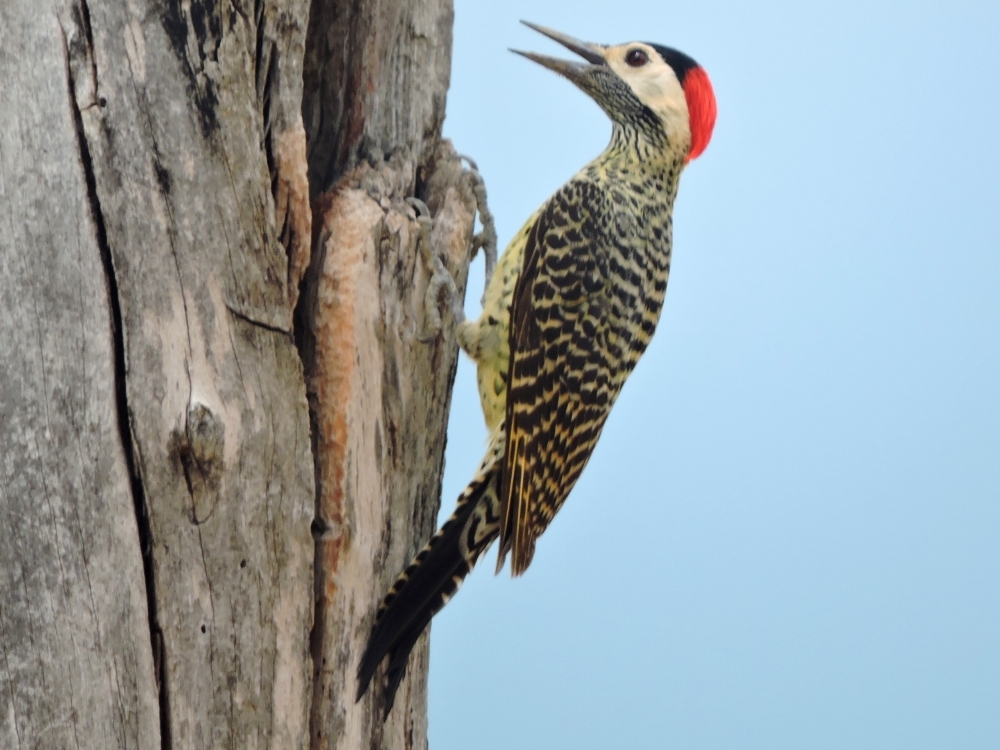
Finally, that visit concluded nicely when Rusty-Margined Guan was seen in another part of the Park.
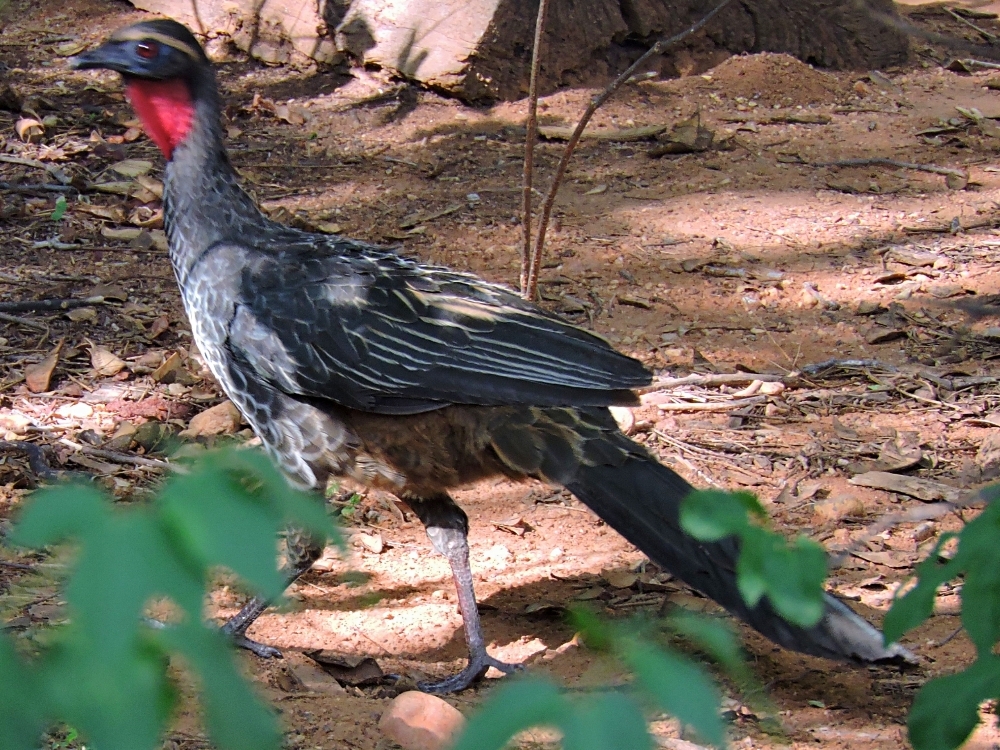
This section concludes as it began, with another parakeet, namely, Cactus Parakeet, a species that I had been seeing frequently, but one which seems very timid, once again requiring several days before I could take an acceptable photograph.
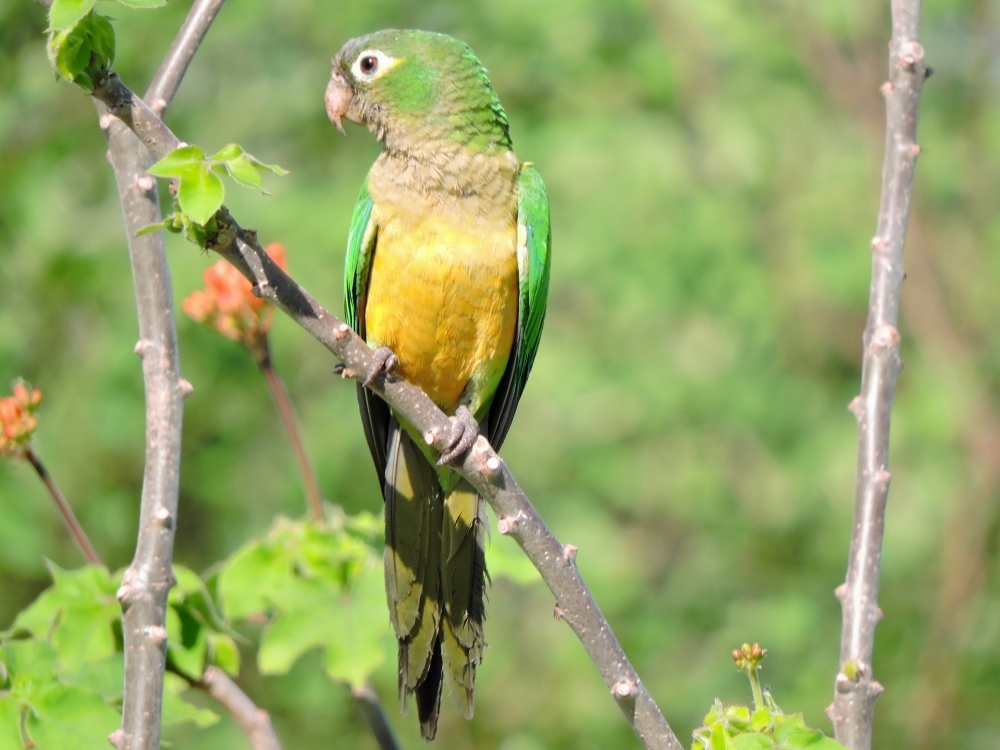
I am generally pleased with the twenty-two new birds I was able to see during this section, even if the sightings were sporadic. With a little more time remaining in this region, I hope to be able to add a few more impressive species soon.